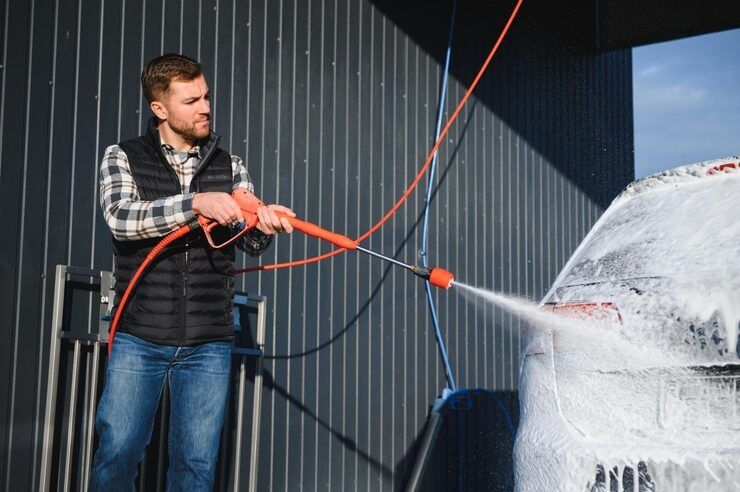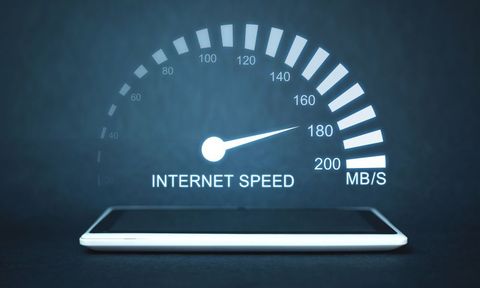The Ultimate Guide to Pressure Washers: Tips, Facts, and Useful Information
A pressure washer is a mechanical cleaning device that uses high-pressure water spray to remove dirt, grime, mold, loose paint, and other unwanted substances from surfaces such as buildings, vehicles, and pavements. It exists to make cleaning more efficient, especially in areas where manual scrubbing or traditional washing methods would be time-consuming or ineffective.
The idea of pressure washing originated in the mid-20th century, but modern models have evolved with advanced motors, variable pressure settings, and eco-friendly features. Pressure washers can be powered by electricity, gas, or even battery systems, making them suitable for both household and industrial applications.
They serve an important role in maintenance across homes, industries, agriculture, and construction, helping ensure cleanliness, safety, and efficiency.

Importance
Pressure washers have become increasingly relevant in daily life and industrial operations for several reasons.
-
Efficiency: They significantly reduce cleaning time compared to manual washing.
-
Water Conservation: Modern models use less water while achieving better cleaning results.
-
Safety and Hygiene: They remove harmful substances like algae, mold, and oil residues that could pose health or safety risks.
-
Versatility: Pressure washers can clean vehicles, decks, sidewalks, machinery, and exterior walls.
-
Surface Longevity: Regular pressure washing prevents decay and corrosion, extending the life of outdoor materials.
They matter to a wide range of users — from homeowners and facility managers to city maintenance departments. In public spaces, they help maintain hygiene and aesthetics, while in industries, they are essential for maintenance and operational safety.
Recent Updates
Between 2024 and 2025, the pressure washer industry has seen a number of advancements in both technology and environmental standards:
-
Eco-friendly models (2025): Manufacturers have introduced electric and battery-powered units with reduced emissions and noise levels.
-
Smart technology integration (2024): Some pressure washers now include sensors and mobile app connectivity to monitor water flow, pressure, and cleaning duration.
-
Improved water efficiency (2025): New designs optimize nozzle patterns to reduce water consumption by up to 30%.
-
Cold vs. hot water innovations (2024): Hybrid systems can switch between hot and cold water modes for different cleaning needs.
-
Enhanced safety mechanisms: Automatic shut-off and overload protection features are becoming standard.
Reports from cleaning equipment associations in 2025 indicate rising global demand, especially in sectors such as agriculture, automotive care, and public sanitation.
Laws or Policies
Pressure washer use and production are guided by several safety and environmental regulations worldwide. These laws ensure user protection, efficient energy use, and reduced environmental impact.
-
Environmental Protection Rules: Many countries regulate wastewater disposal from pressure washing to prevent chemical runoff into water systems.
-
Energy Efficiency Standards: Regions such as the European Union and North America enforce standards that limit power consumption and emissions.
-
Noise Control Regulations: Local municipalities may impose restrictions on operating hours and noise levels in residential areas.
-
Safety Certifications: Equipment sold in the market typically must meet CE (European) or UL (North American) certification standards, confirming compliance with safety norms.
-
Chemical Use Policies: When detergents or cleaning agents are used, environmental agencies often restrict formulations to biodegradable, non-toxic compounds.
In some areas, government programs also promote the use of eco-friendly pressure washing for infrastructure maintenance and water conservation.
Tools and Resources
Several tools and digital resources are available to enhance the use and understanding of pressure washers:
-
Pressure calculators: Online tools help users determine the ideal water pressure for different surfaces.
-
Nozzle selector guides: Digital charts explain which nozzle type (15°, 25°, 40°, etc.) suits specific cleaning tasks.
-
Safety manuals: Organizations such as OSHA and the Cleaning Equipment Trade Association publish safety and operational guidelines.
-
Mobile monitoring apps: Some brands provide apps that connect to smart washers, displaying usage statistics and maintenance reminders.
-
Water conservation tools: Online resources offer strategies for minimizing water use while maintaining cleaning effectiveness.
These tools simplify decision-making, improve efficiency, and support safe, environmentally responsible operation.
Example Table: Types of Pressure Washers and Their Applications
| Type of Pressure Washer | Power Source | Typical Pressure Range | Common Uses |
|---|---|---|---|
| Electric Pressure Washer | Electricity | 1,200–2,000 PSI | Home use, vehicles, patios |
| Gas Pressure Washer | Gasoline | 2,500–4,000 PSI | Industrial sites, large outdoor areas |
| Battery-Powered Washer | Rechargeable Battery | 1,000–1,800 PSI | Light cleaning, mobile use |
| Hot Water Washer | Electric or Gas | 2,000–3,500 PSI | Heavy-duty cleaning, grease removal |
FAQs
What is the difference between a pressure washer and a power washer?
A pressure washer uses cold water, while a power washer typically uses heated water for tougher cleaning jobs such as grease or oil stains.
Can pressure washers damage surfaces?
Yes, if used improperly. High-pressure settings or incorrect nozzles can damage delicate surfaces like wood, paint, or glass. It’s important to adjust pressure levels according to material type.
Are electric or gas pressure washers better?
Electric models are quieter, cleaner, and better suited for small areas. Gas pressure washers are more powerful and ideal for larger or industrial applications.
How often should surfaces be pressure washed?
This depends on environmental conditions. Most driveways, decks, and exterior walls benefit from annual or bi-annual cleaning.
Are pressure washers environmentally safe?
Modern models are designed for improved efficiency, and using eco-friendly detergents reduces environmental impact. It’s also important to manage wastewater properly to prevent pollution.
Example Graph: Growth of Eco-Friendly Pressure Washer Use (2020–2025)
| Year | Percentage of Eco-Friendly Models Sold |
|---|---|
| 2020 | 18% |
| 2021 | 25% |
| 2022 | 32% |
| 2023 | 41% |
| 2024 | 49% |
| 2025 | 57% |
Conclusion
Pressure washers have evolved from simple cleaning tools to advanced machines that support efficiency, hygiene, and sustainability. They address modern challenges in cleanliness, maintenance, and environmental care, serving a wide range of users from homeowners to industrial professionals.
Recent innovations like smart monitoring, reduced water consumption, and eco-friendly operation demonstrate the industry’s commitment to sustainability. Understanding the various types, regulations, and safety practices ensures effective use while minimizing risks.






